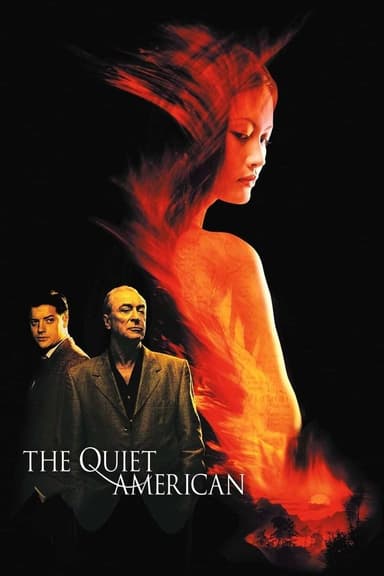
Gardens of Stone
1987 • Drama, History, War • R
A sergeant; stationed in Arlington, Virginia in the late 1960s; must deal with his desires to save the lives of young soldiers being sent to Vietnam. Continuously denied the chance to teach the soldiers about his experiences, he settles for trying to help the son of an old army buddy.
Runtime: 1h 51m
Why you should read the novel
Before watching the film, experience the source: Gardens of Stone by Nicholas Proffitt. The novel immerses you in the Old Guard at Arlington National Cemetery, revealing the precision, ritual, and quiet heroism behind every folded flag and final salute.
Proffitt’s book offers richer character depth and searing insight into the Vietnam War’s home front. You’ll spend time inside the minds of soldiers, mentors, and families, with layered themes of duty, loss, and moral ambiguity that the movie can only suggest. If you’re searching for the definitive Gardens of Stone story, the novel is the place to start.
Choose the Nicholas Proffitt novel to discover the full emotional and historical context, with vivid prose and nuanced perspectives. For readers of military fiction, historical drama, and literary realism, the Gardens of Stone book delivers a moving, authoritative portrait that rewards you far beyond a two-hour viewing.
Adaptation differences
Gardens of Stone book vs movie: the novel’s scope and tone are broader and sharper. Proffitt’s text blends elegy with pointed critique of Army bureaucracy and the costs of war, while the film leans into a more restrained, mournful mood. The adaptation narrows the political and institutional commentary to keep the focus on ceremonial duty and personal loss.
Character development is deeper in the novel. Clell Hazard’s inner conflicts, Jackie Willow’s motivations, and the journalist Samantha’s professional convictions are explored with greater nuance on the page. The movie streamlines arcs and relationships to fit its runtime, emphasizing the mentor–protégé bond and softening or compressing subplots that the book develops over chapters.
Structure and point of view also differ. Proffitt uses multiple perspectives and extended sequences to show life inside the Old Guard and the wider Washington, D.C., milieu. The film opts for a more linear throughline and visual montage, condensing ceremonial details, training rhythms, and side characters that give the book its textured home-front panorama.
Language, themes, and scenes are calibrated differently. The novel’s barracks talk, institutional frictions, and thematic bluntness about sacrifice and disillusionment are more candid. The film tempers intensity and explicitness, features fewer off-base and battlefield interludes, and reshapes or omits scenes to maintain an elegiac tone. The result is a moving movie, but the book delivers a fuller, more unsparing portrait of service and loss.
Gardens of Stone inspired from
Gardens of Stone
by Nicholas Proffitt










